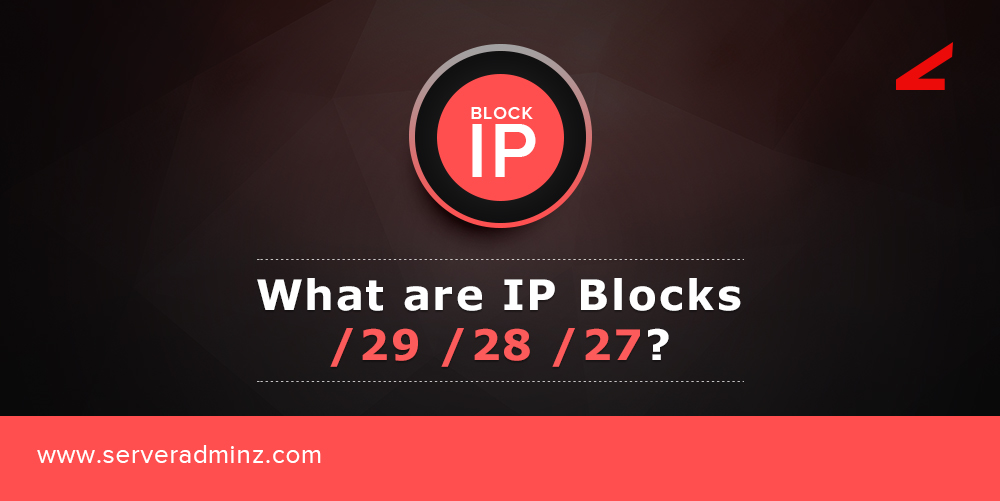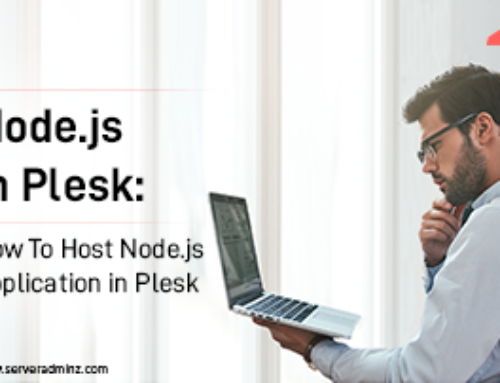Every device on the internet is assigned a unique address (number) called IP address. Without IP address the device become stranded from the network and will not be able to communicate with other network devices.
Subnet mask
Subnet mask subdivides a larger network into smaller networks.
Classes of IP address in networking
IP is classified into 5 classes of network addresses based on the range of the first octet.
Class A 0-127 for internetwork communication
Class B 128-191 for internetwork communication
Class C 192-223 for internetwork communication
Class D 224-239 Reserved for multicasting
Class E 240-254 Reserved for research and development
Out of the total legitimate addresses in each class, two dedicated IP address is set-aside for
- Network address
- Broadcast address
So the total number of available IP addresses will be 2^n-2
Class A
Class A network subnet mask is 255.0.0.0, which means it has 8 network bits of which the first bit is fixed as ‘0’. And hence a total of 7 network bits and 24 host bits.
Hence total no. of the network will be 2^7-2=126
And the total number of hosts per network will be 2^24-2=16777214
Class B
Class B network range starts from 128.0.0.0 to 191.255.255.255. It has Subnet mask 255.255.0.0 hence it has 16 network bits of which first two bits fixed as ‘10’. So it has a total of 14 the network bits and 16 host bits.
So total number of the network will be 2^14=16384
And the total number of hosts per network will be 2^16-2=65534
Class C
Class C network range starts from 192.0.0.0 to 223.255.255.255. The subnet mask is 255.255.255.0 which means it has 24 network bits and the first three bits is fixed as ‘110’. So it has a total of 21 network bits and 8 host bits.
Hence total no. of the network will be 2^21=2097152
And the total number of hosts per network will be 2^8-2=254
Calculating the IP usable for /29 ,/28 and /27 networking range.
/29
/29 represents 29 of the 32 bits of the address are the netmask hence only 3 bits are available to distinguish the computers.
However, you always lose 2 addresses from the block for broadcast and loopback, so the result is:
2^(32-29) – 2 = 2^3 – 2 = 8 – 2 = 6
We have only 5 usable addresses on /29 allocations.
/28
/28 denotes the 28 of the 32 bits of the address are the netmask hence only 4 bits are available to differentiate the computers.
However, you always lose 2 addresses for broadcast and loopback, so the result is:
2^(32-28) – 2 = 2^4 – 2 = 16 – 2 = 14
We have only 14 usable addresses on /28 allocations.
/27
/27 denote that 27 of the 32 bits of the address are the netmask hence only 5 bits are available to differentiate the computers.
However, you always lose 2 addresses for broadcast and loopback, so the result is:
2^(32-27) – 2 = 2^5 -2 = 32 – 2 =30
We have only 30 usable addresses on /27 allocations.
” margin_top=”50px” margin_bottom=”” animation_type=”slide” animation_direction=”left” animation_speed=”0.3″ class=”” id=””]






Leave A Comment
You must be logged in to post a comment.